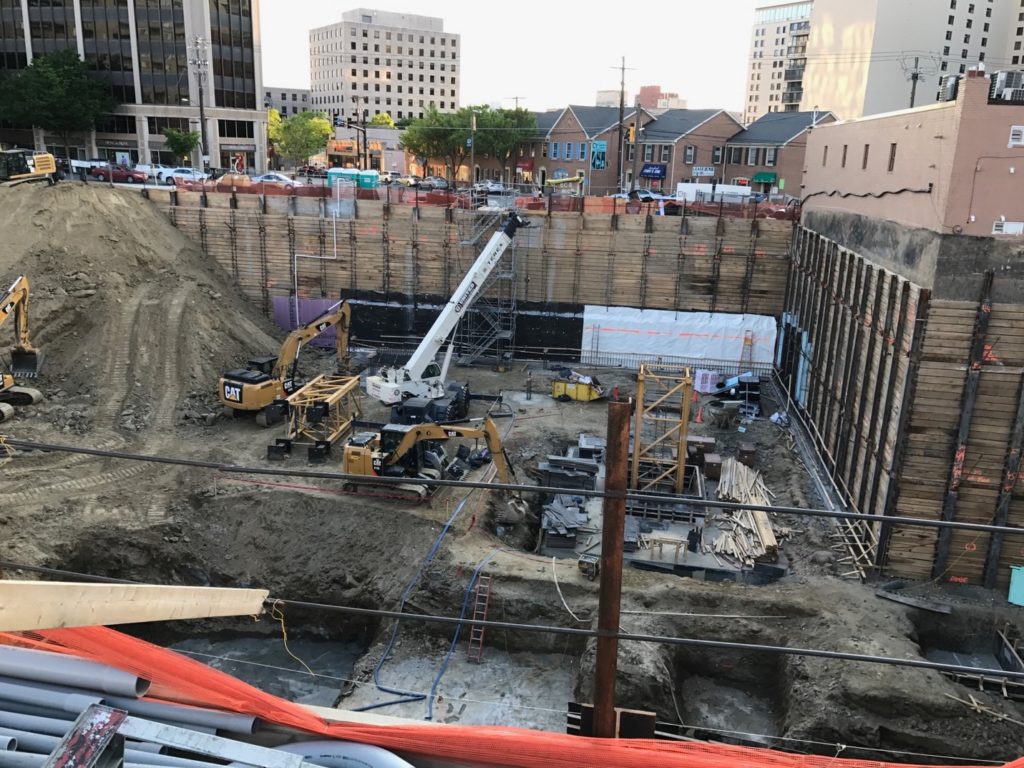
Construction is clearly dangerous. In addition to traditional hazards for workplace injury and illness, other threats to health and well-being of construction workers occur from work organization and work environment factors,including irregular employment, working at multiple job sites, long commutes,long work hours, and employer policies regarding health and safety. These non-traditional hazards are associated with injury and illness, as well as health behaviors and outcomes including poor diet, smoking, and stress. Diane Rohlman, PhD and Brad Evanoff, MD, of the Healthier Workforce Center of the Midwest, have led a team of researchers and focused attention on the young and vulnerable construction apprentices, to instill safety and health practices at the start of workers’ careers. In 2018, a survey was conducted with a cohort of apprentice construction workers to identify relationships between work organization, environmental factors, health behaviors, and health outcomes.Nearly 1000 completed surveys were returned. Preliminary analyses show that respondents report high levels of job satisfaction, job security, and social support, but also report high rates of musculoskeletal symptoms and various work organizational factors that can potentially impact overall health and health behaviors. On average, apprentices reported commutes of over 35 miles to work, and 63% reported no limits on daily working hours. Despite high smoking rates (28% are current smokers), only 55% reported any restrictions on smoking at their worksites. Only 10% reported regularly using sunscreen, and very few worksites (4) made sunscreen available. These results highlight non-traditional worksite health risks. As the study progresses, investigators plan to evaluate the impact of work organization on health and health behaviors in three construction trades; identify workplace programs, policies, and practices affecting worker health and well-being; and determine readiness for adoption of integrated interventions to improve worker health. Early study results were shared in May at the 2nd International Symposium on Total Worker Health in Bethesda, MD
